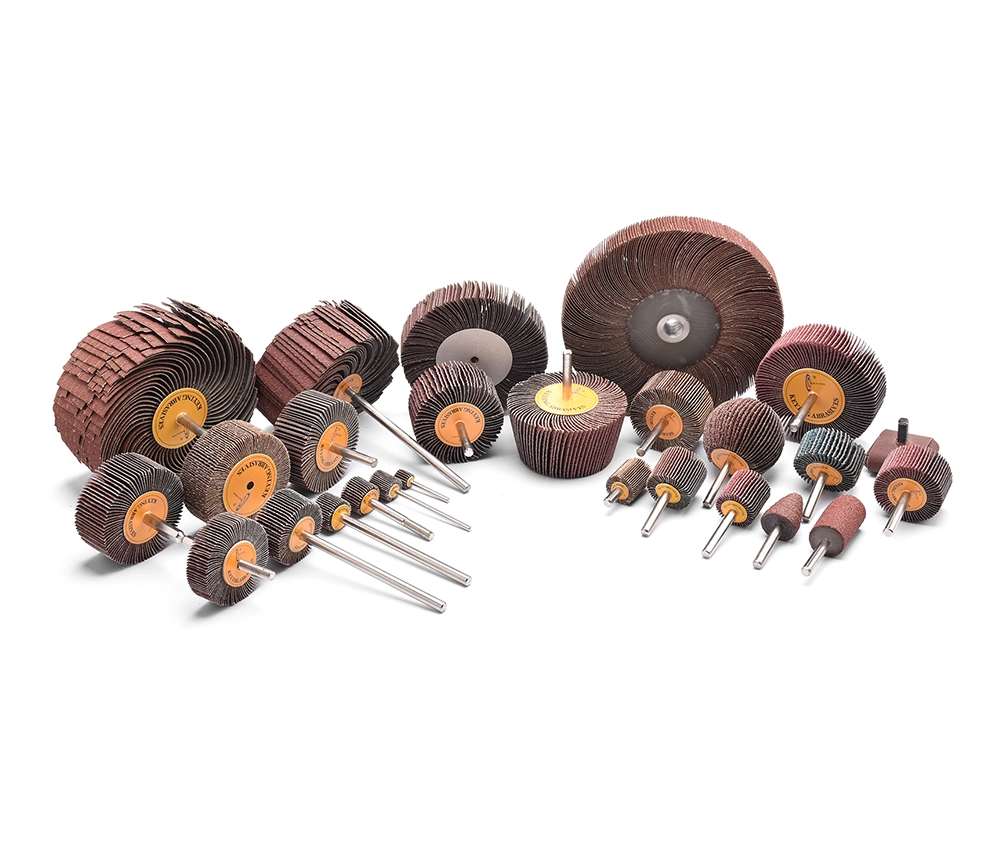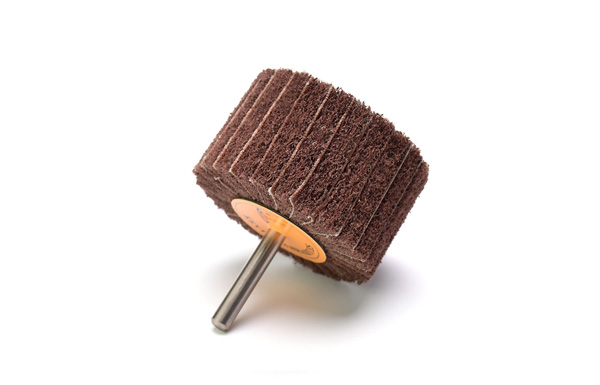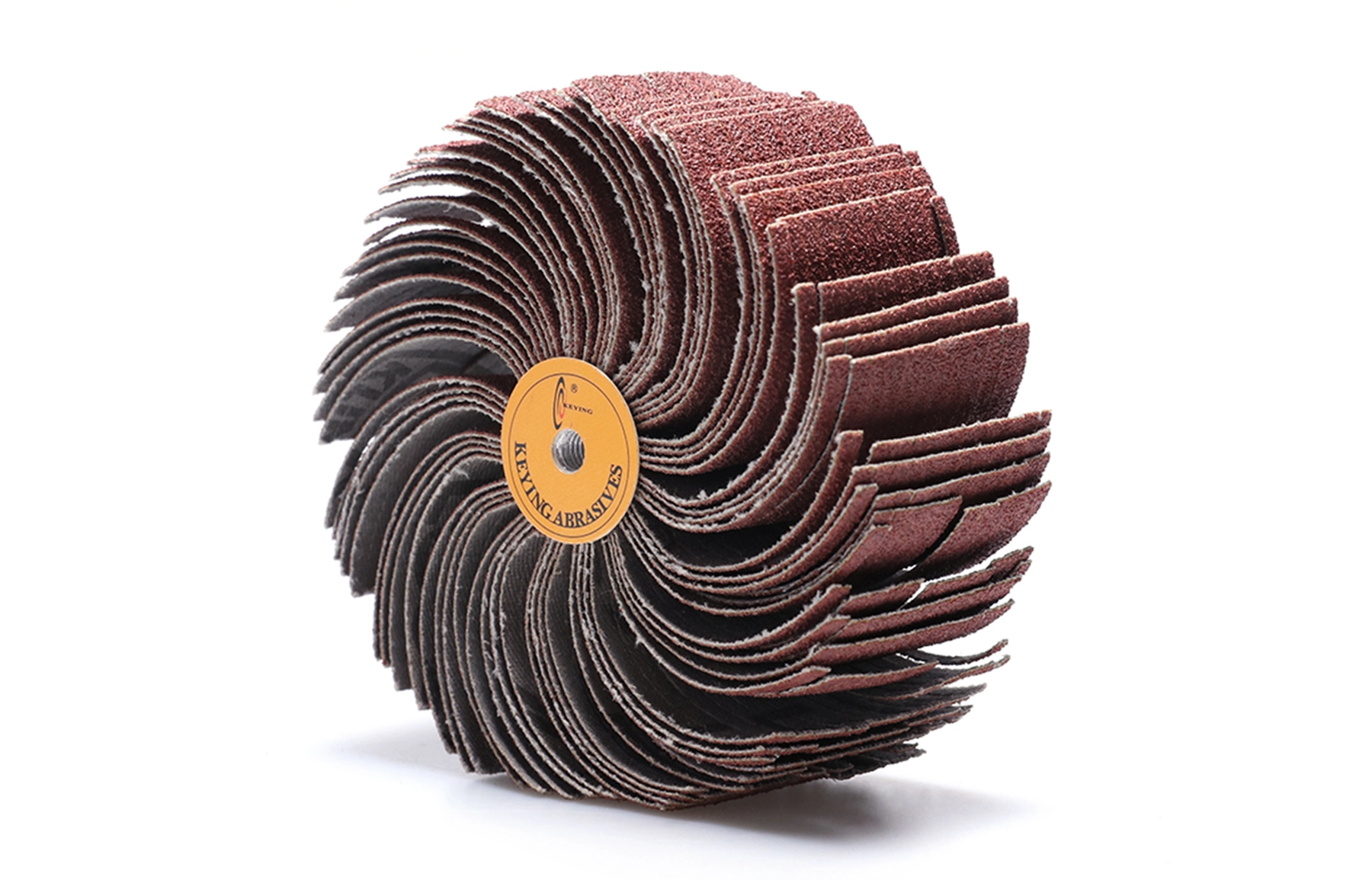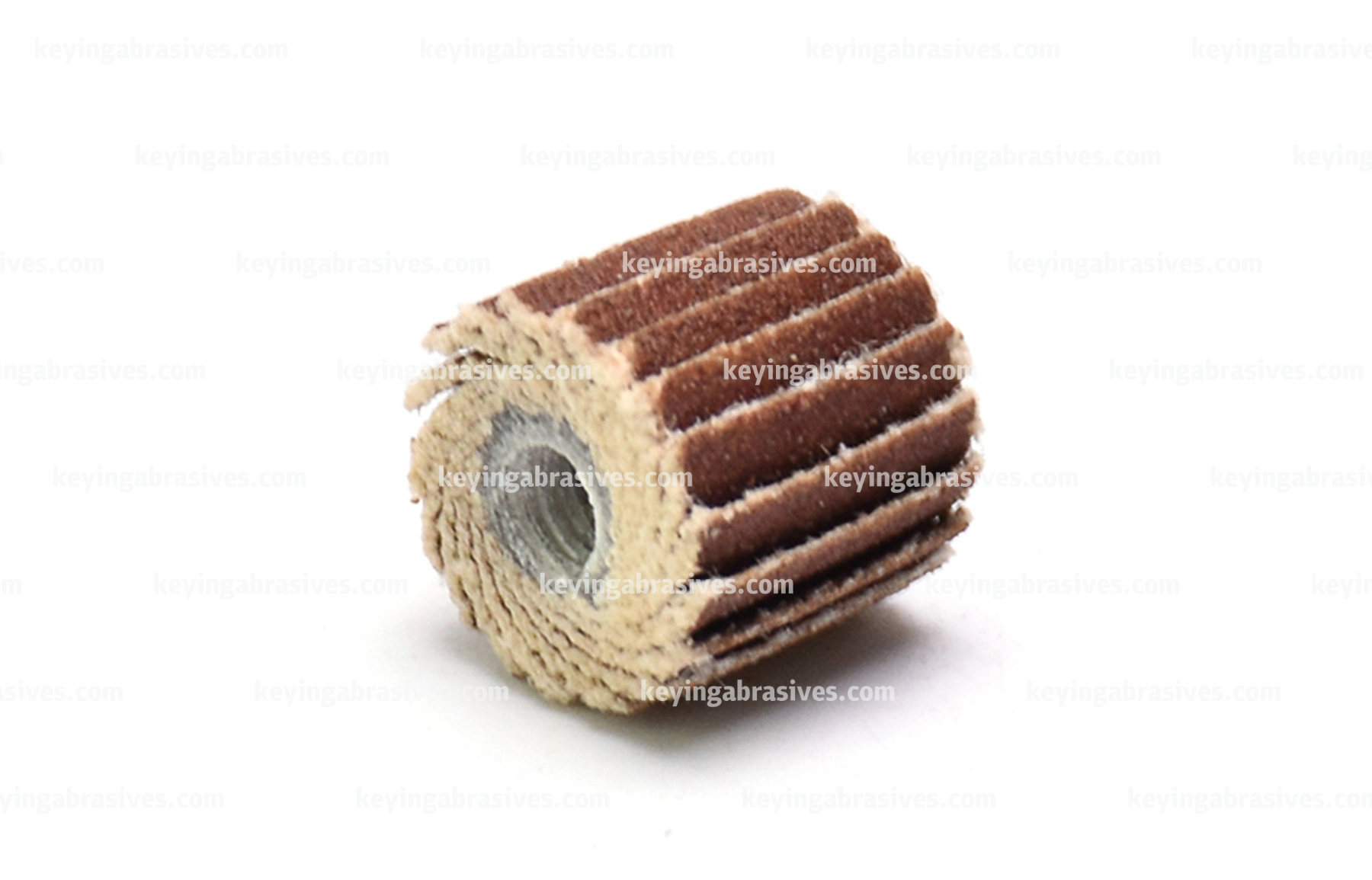
Dec 20-2017
Sandpaper is commonly known as sandpaper. Sandpaper a material for grinding. Sandpaper is used to grind metal, wood and other surfaces to make them smooth and shiny. The sanding paper for grinder is usually made by gluing various abrasive grit on the original paper.
Depending on the abrasive substance, there are various kinds of sandpaper such as emery paper, artificial emery paper, and glass sandpaper. Dry abrasive sandpaper (wood sandpaper) is used to polish the surface of wood and bamboo ware. Water-resistant sandpaper (water sandpaper) is used to polish the surface of metal or non-metal workpieces in water or oil.
The original paper is all made of unbleached sulfate wood pulp. The paper is strong, wear-resistant and folding-resistant, and has good water resistance. Abrasive substances such as glass sand are adhered to the base paper with adhesives such as gum, and then dried.
In actual use, the classification of sandpaper is very inconsistent.
Classified according to usage.
Sponge sandpaper: suitable for sanding rounded parts, and various materials are available.
Dry abrasive sandpaper: suitable for rough processing or sanding some rough things, such as iron pipe metal, etc.
Water-grit sandpaper: finer in texture, water-grit sandpaper is suitable for sanding something with finer texture and for post-processing.
Water-grit sandpaper has a smaller gap between the sand grains, and the shreds are also smaller, and when used with water, the shreds will flow out with the water, so it should be used with water, if you take water sandpaper dry grinding, the shreds will stay in the gap between the sand grains, so that the surface of the sandpaper becomes light and thus does not achieve its original effect, and dry sandpaper is not so troublesome, the gap between the sand grains is larger and the shreds are larger. In the process of grinding due to the reason of large gap debris will fall down, so it does not need to use with water.
Wooden sandpaper, i.e. dry abrasive sandpaper; water sandpaper, i.e. water-resistant sandpaper; iron sandpaper, a kind of dry abrasive sandpaper, coarser, can polish the metal surface as soon as possible.
Water-resistant sandpaper [also known as water abrasive sandpaper or water sandpaper, named because it can be dipped in water to sand or sanded in water when in use. Water-resistant sandpaper is a kind of abrasive made of water-resistant paper or paper treated and water-resistant with paint or resin as the binder, and corundum or silicon carbide abrasives are firmly stuck to the substrate, and its shape is page-like and roll-like or round sandpaper.
1. it is produced by a linkage line with high efficiency.
2. the drying time is long because the water-resistant sandpaper uses varnish as binder, and the drying method is generally suspension drying.
3. water-resistant sandpaper generally fine particle size, the particle size of our water sandpaper is from P80, fine particle size and metallographic sandpaper grain Fang articulation.
4. water-resistant sandpaper is generally in water conditions for grinding operations, so less dust, good labor conditions.
Brown corundum sandpaper; white corundum sandpaper; silicon carbide sandpaper; zirconium corundum sandpaper, etc.
According to the binder points.
Ordinary binder sandpaper; resin binder sandpaper.
There are also coarse sandpaper and fine sandpaper.


